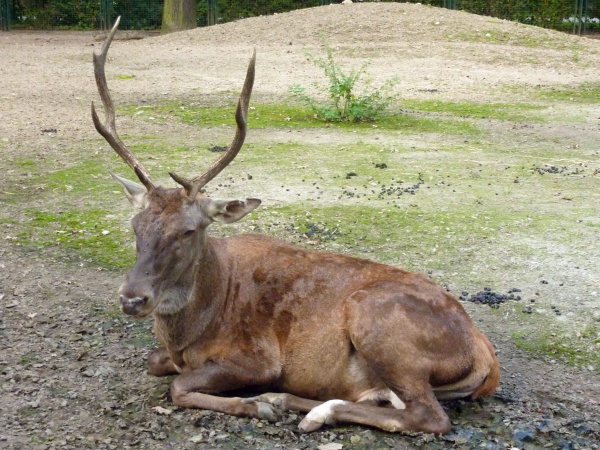Facts About Barbary stag
The Barbary stag, also referred to as the Atlas deer, is a distinct subspecies of red deer native to North Africa. It is the only deer species indigenous to Africa, apart from the now-extinct Megaceroides algircus. Compared to the typical red deer, the Barbary stag is smaller with a dark brown body adorned with distinct white spots on its flanks and back. Notably, its antlers lack a tine known as the bez.
This deer thrives in dense, humid forests and can be found in Algeria, Tunisia, and Morocco. Although it was once hunted to extinction in Morocco, reintroduction efforts in the 1990s using specimens from Tunisia have been successful. Today, a population of Barbary stags exists in Tazekka National Park in the Middle Atlas Mountains.
Recent genetic research indicates that the North African red deer is genetically similar to the Sardinian and Corsican populations, known collectively as the Corsican red deer. This evidence suggests that humans historically introduced red deer from North Africa to these Mediterranean islands. Consequently, some experts now recommend classifying the Barbary stag and the Corsican red deer under the species name Cervus corsicanus.
Historically, the Barbary stag faced predators such as the Barbary lion, the Atlas bear, and the Barbary leopard. Regrettably, many of these predators are now either extinct or endangered.

 Libya
Libya